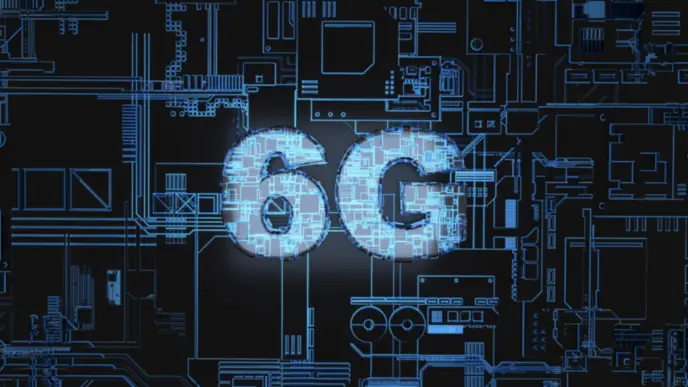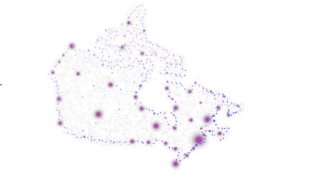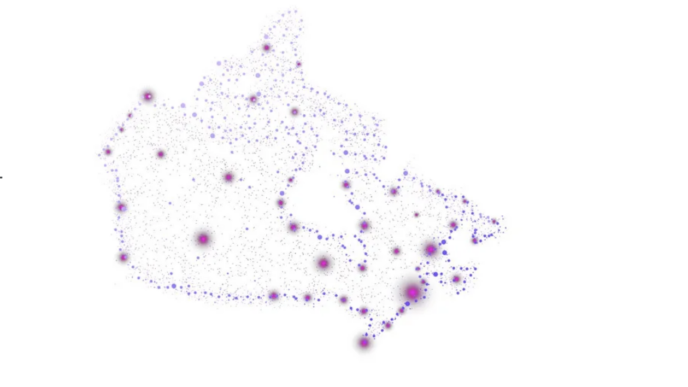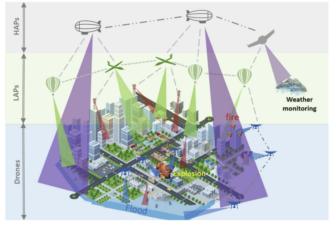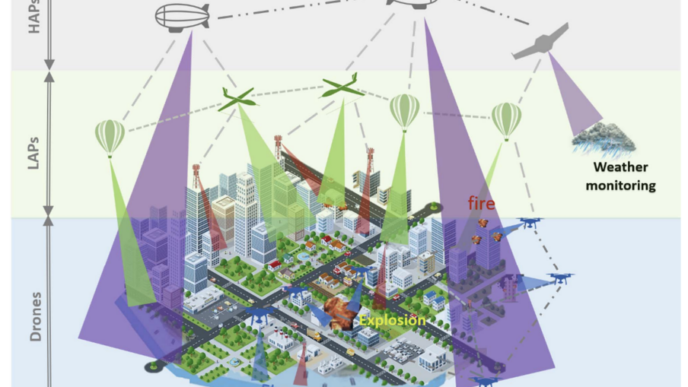Optimum, a Web3 infrastructure startup, has raised $11 million in seed funding led by 1kx to build what it calls the world’s first high-performance memory layer for blockchains. The round also included participation from prominent investors focused on blockchain scalability and next-gen computing.
The company aims to solve a fundamental gap in today’s blockchain architecture: efficient, scalable, and affordable memory infrastructure. While blockchains are often likened to a “world computer,” they lack a true memory layer—one that can rapidly store, retrieve, and update data across decentralized systems.
“It’s the fix to Web3’s memory problem,”
At the core of Optimum’s innovation is Random Linear Network Coding (RLNC), a method originally developed in the academic world by Optimum cofounder and CEO Muriel Médard. RLNC transforms data into coded packets that can be transmitted efficiently and reliably across a distributed network—even in the face of network losses. This significantly reduces the time and complexity involved in maintaining and accessing decentralized state.
By adding a performant memory layer to blockchain networks, Optimum enhances performance across the entire ecosystem—from validators and infrastructure providers, to Layer 1 and Layer 2 chains, dApp developers, and ultimately, end users.
Optimum is currently rolling out a private testnet with initial integration focused on Ethereum, with plans to expand to additional chains soon. The team’s broader vision is to create a chain-agnostic memory protocol, making blockchain-based applications faster, more cost-effective, and developer-friendly.
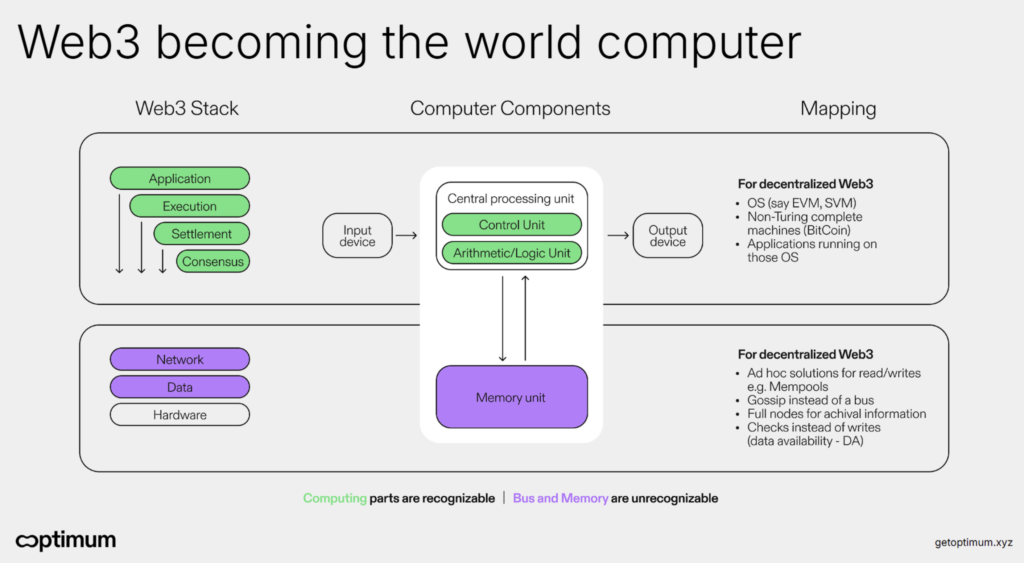
Academic and 6G Connection:
Prof. Muriel Médard is not only pioneering innovation in Web3 but is also a leading voice in the future of connectivity. She is the author of the 6G Academy’s flagship course, “Towards 6G”, which explores the foundational ideas behind next-generation networking, including the role of coding, reliability, and future system design. Her cross-disciplinary expertise underscores the convergence of blockchain infrastructure and advanced communications research.
Why it matters:
As the Web3 stack matures, infrastructure bottlenecks such as storage, bandwidth, and latency are becoming more pressing. Optimum’s work targets one of the least-addressed yet critical layers—memory—and brings academic-grade innovation into real-world blockchain scalability. This memory layer could prove essential as blockchains transition toward mainstream adoption, especially in data-heavy use cases like gaming, AI, and decentralized finance.
The project is now actively hiring, and those interested can learn more via Optimum’s open roles.
| Explainer: What is RLNC and Why It Matters for the Future of Connectivity Random Linear Network Coding (RLNC) is a data transmission method developed in the early 2000s by Prof. Muriel Médard and collaborators at MIT. Instead of sending raw data packets, RLNC mixes them together using linear algebra and transmits these coded packets through a network. The receiver can reconstruct the original data even if some packets are lost or arrive out of order—something traditional methods struggle with. This makes RLNC especially powerful in unreliable or high-loss environments, such as wireless networks, satellite links, or mobile communications. It has been used in military communications, deep-space missions, content delivery networks, and more recently, blockchain infrastructure and IoT systems. In the context of 6G and the future of connectivity, RLNC is seen as a key enabler for ultra-reliable, low-latency communication (URLLC), helping networks remain fast and robust even as they become more complex, decentralized, and data-heavy. As we move toward an era of real-time applications—from autonomous vehicles to immersive AR/VR—RLNC ensures that critical information gets where it needs to go, without delay or data loss. |








